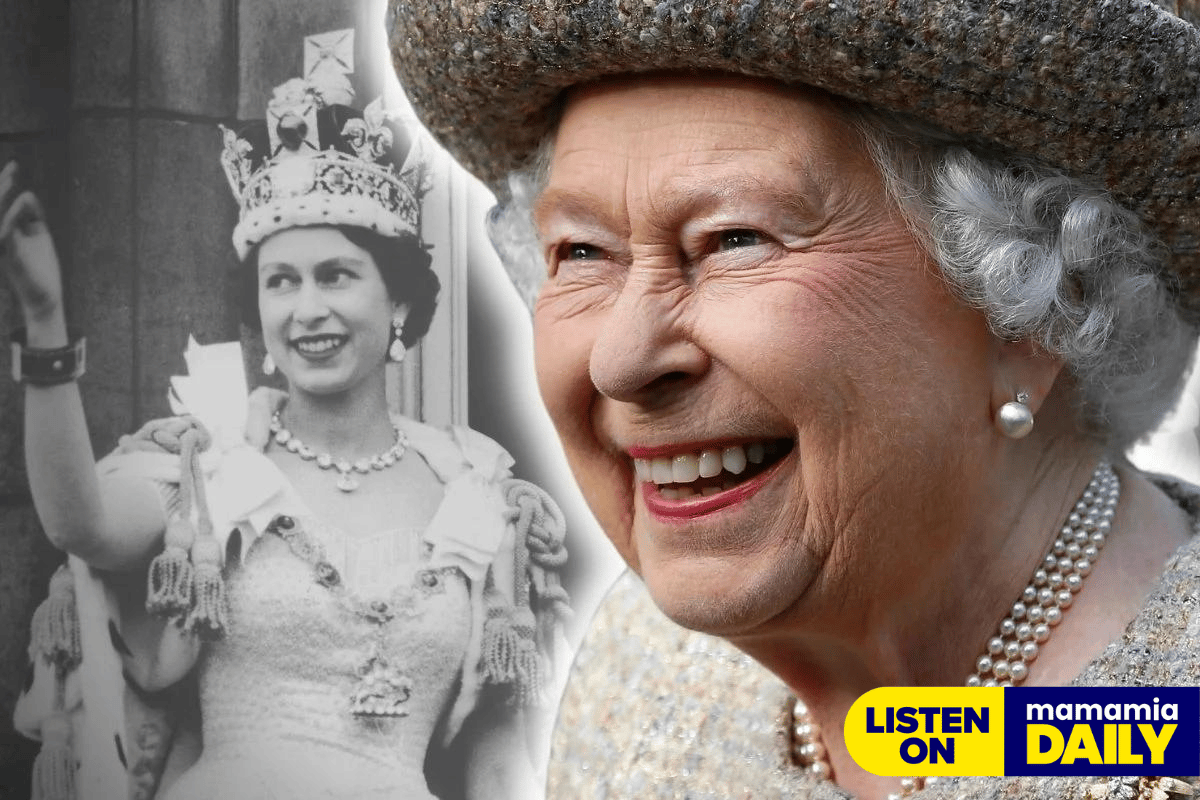
Listen to this story being read by Claire Murphy, here.
Today, the world's second Elizabethan age came to an end.
It was marked by a statement issued by the new King, Charles, on Thursday, September 8 at 6.30pm local time, in which Buckingham Palace confirmed that Her Majesty Queen Elizabeth II died at Balmoral Castle in Scotland.
“The death of my beloved Mother, Her Majesty The Queen, is a moment of the greatest sadness for me and all members of my family.
“We mourn profoundly the passing of a cherished Sovereign and a much-loved Mother. I know her loss will be deeply felt throughout the country, the Realms and the Commonwealth, and by countless people around the world.
“During this period of mourning and change, my family and I will be comforted and sustained by our knowledge of the respect and deep affection in which The Queen was so widely held."
A statement from His Majesty The King: pic.twitter.com/AnBiyZCher
— The Royal Family (@RoyalFamily) September 8, 2022

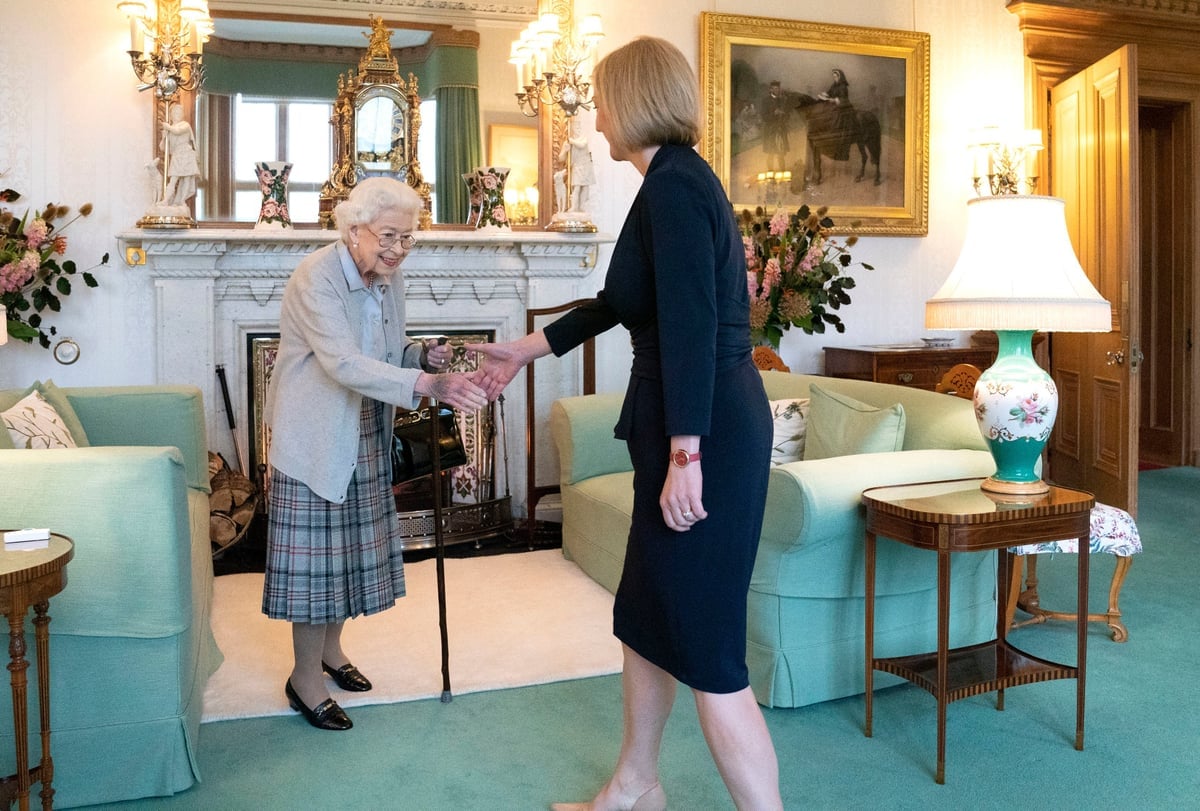
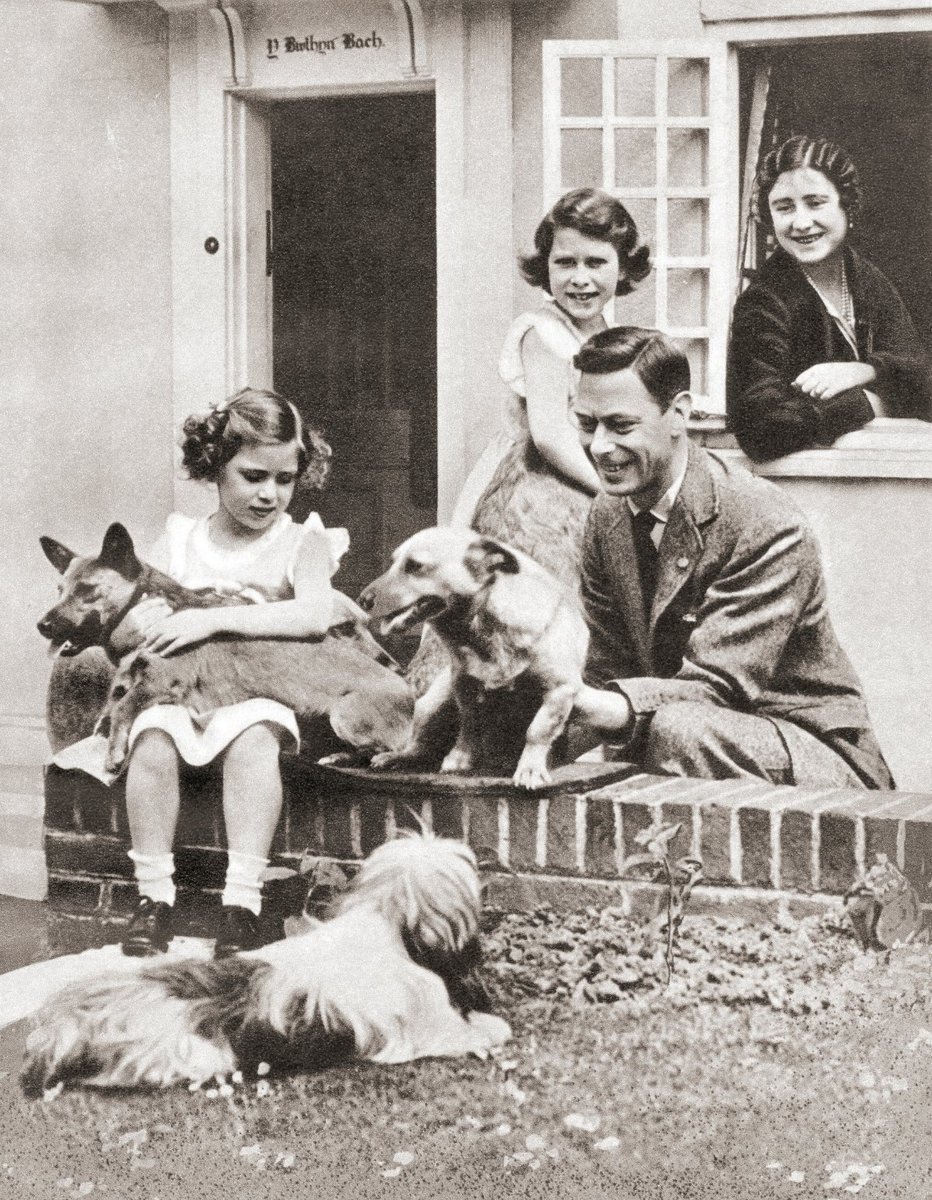
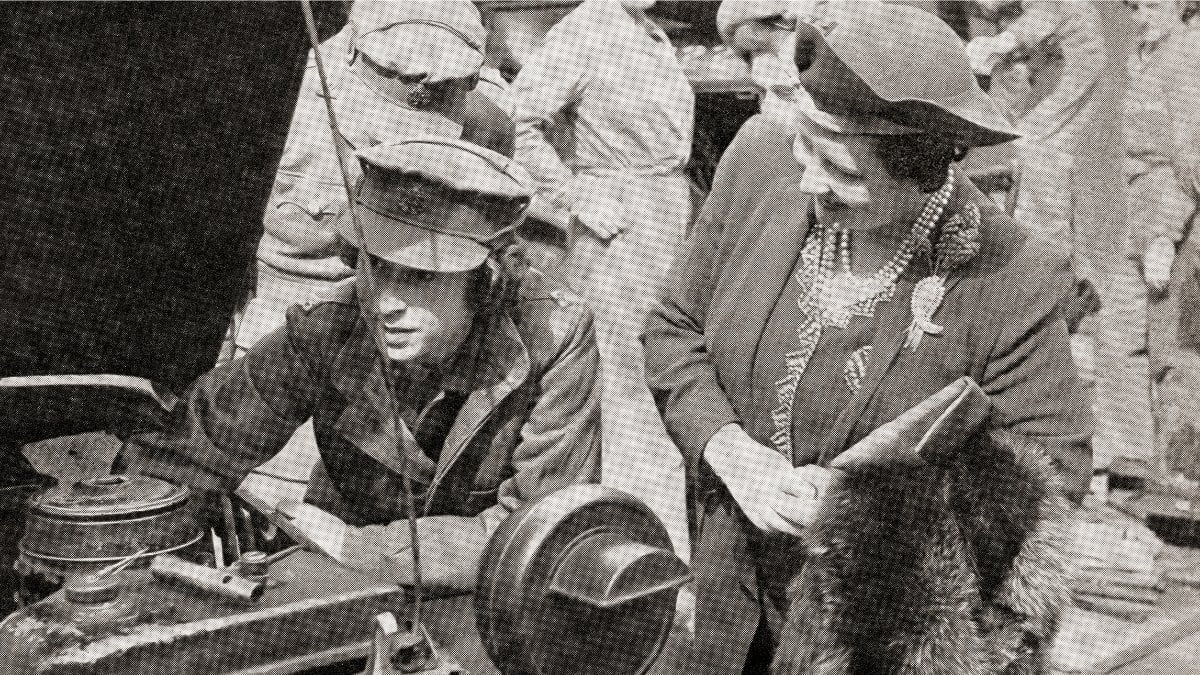
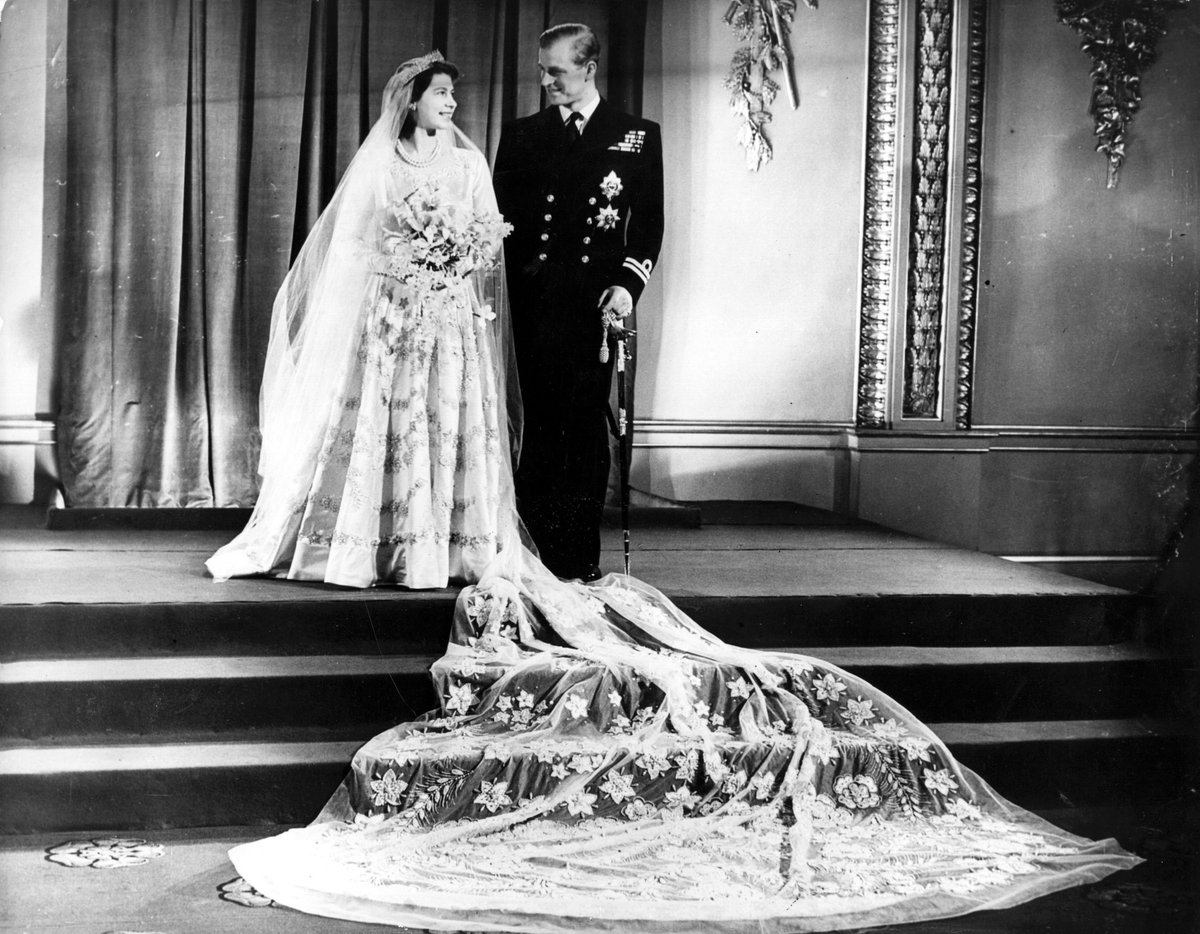
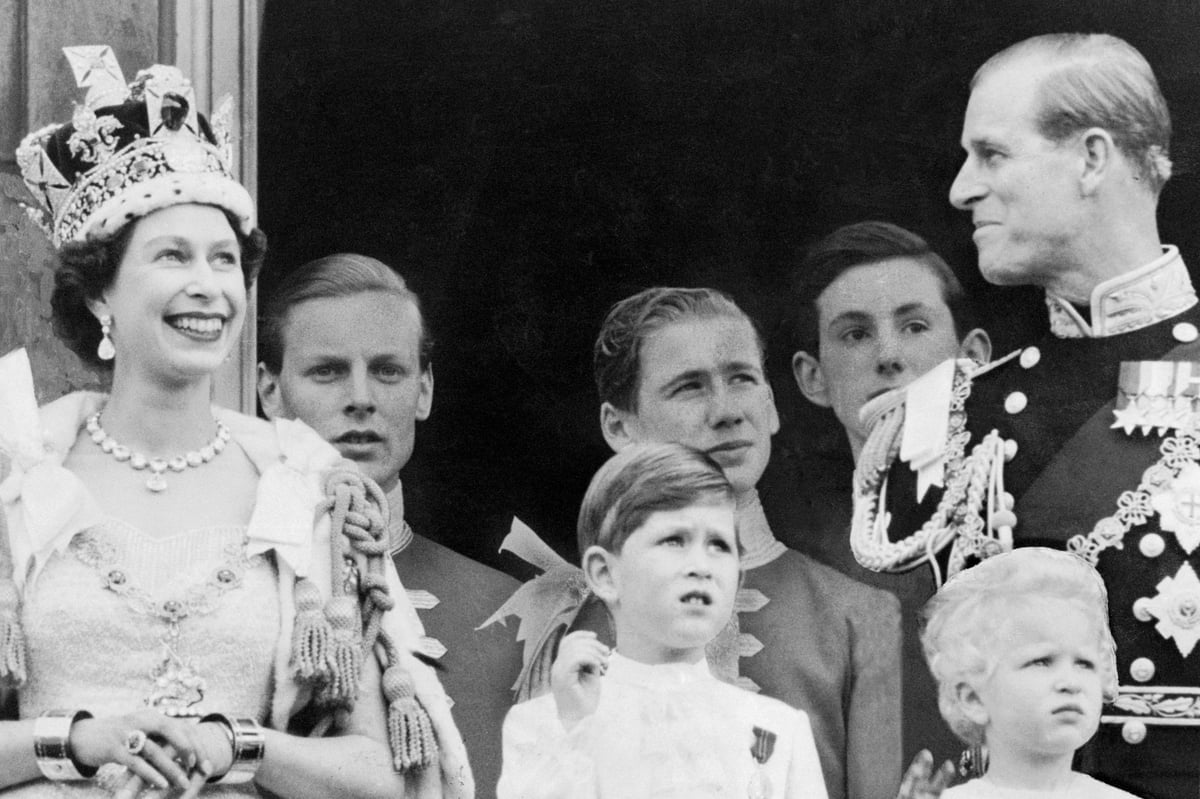
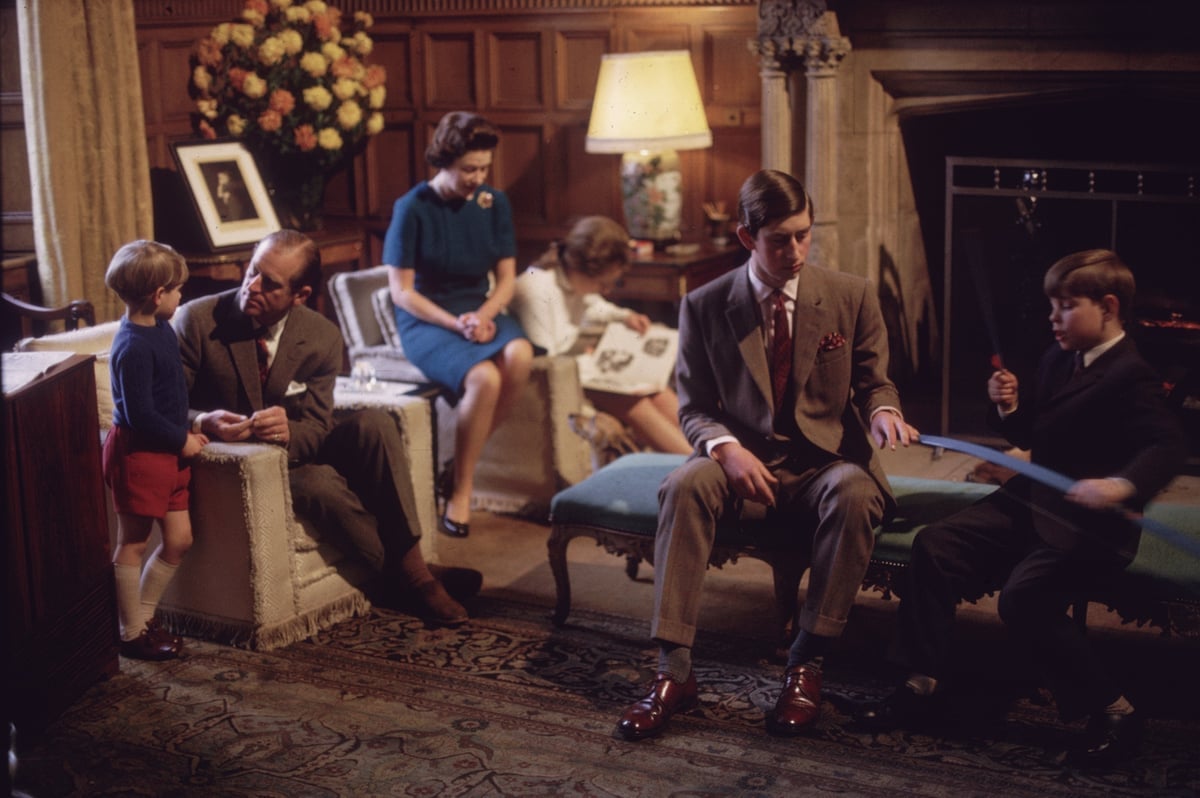
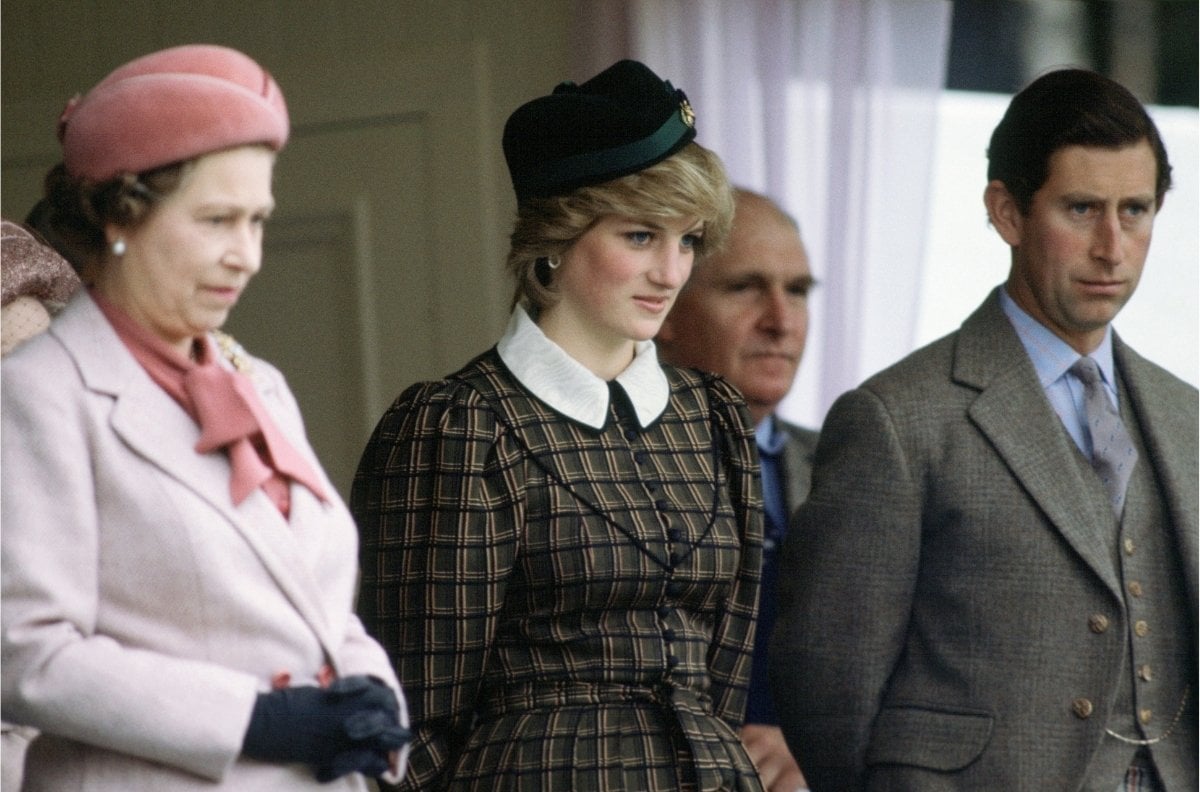
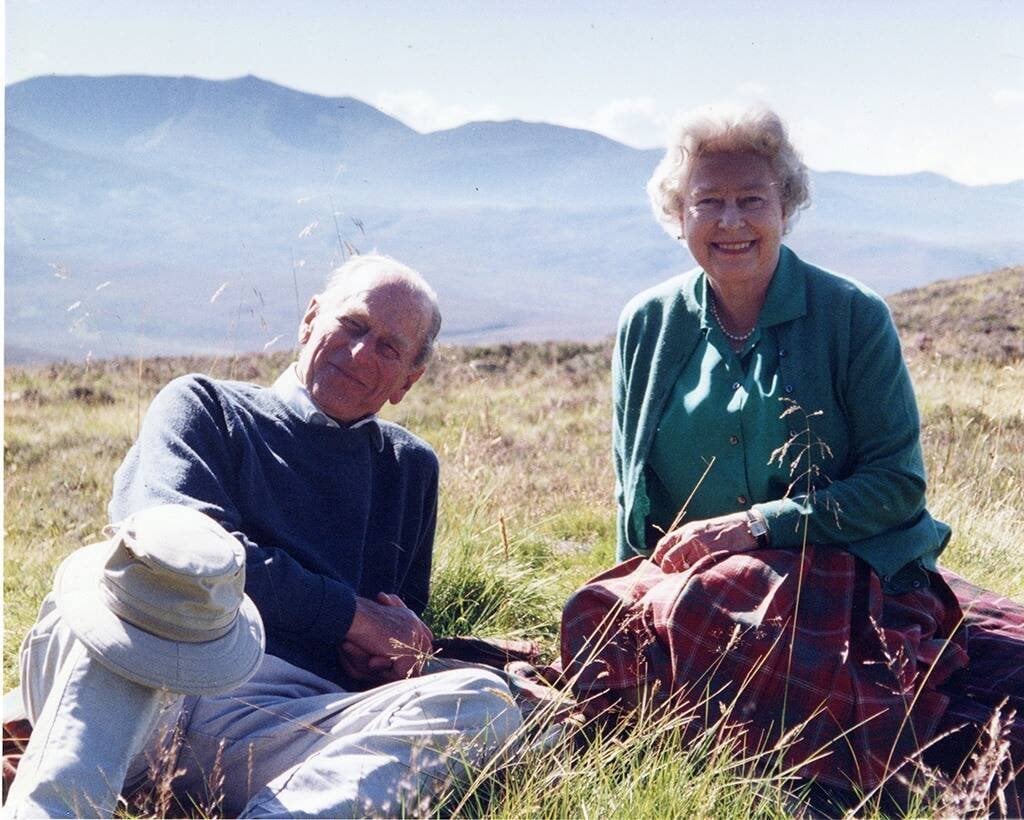
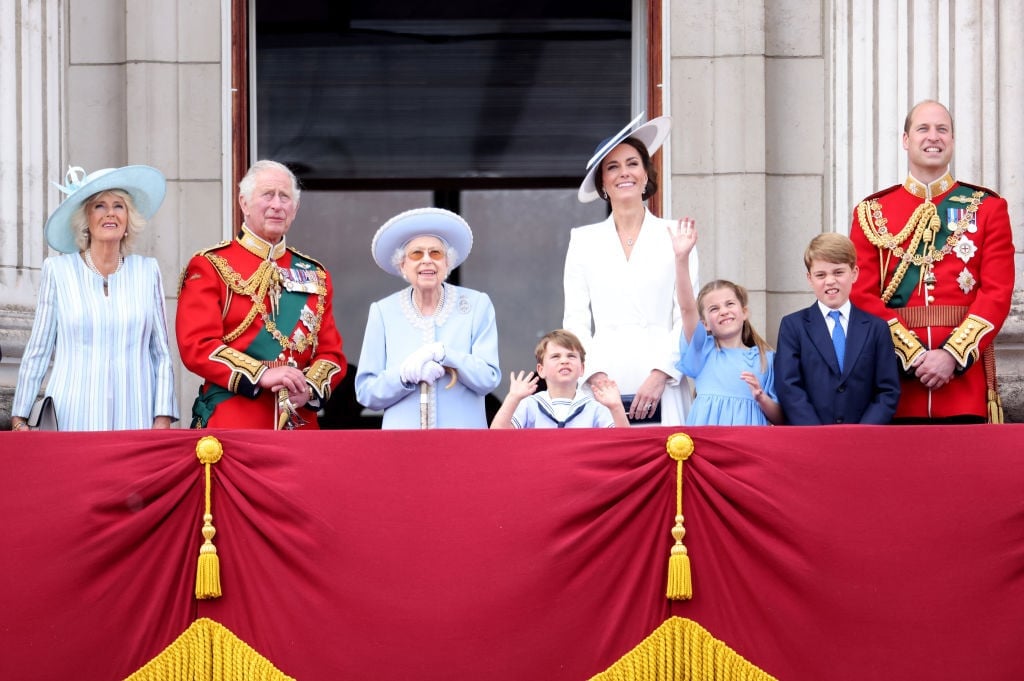
Top Comments